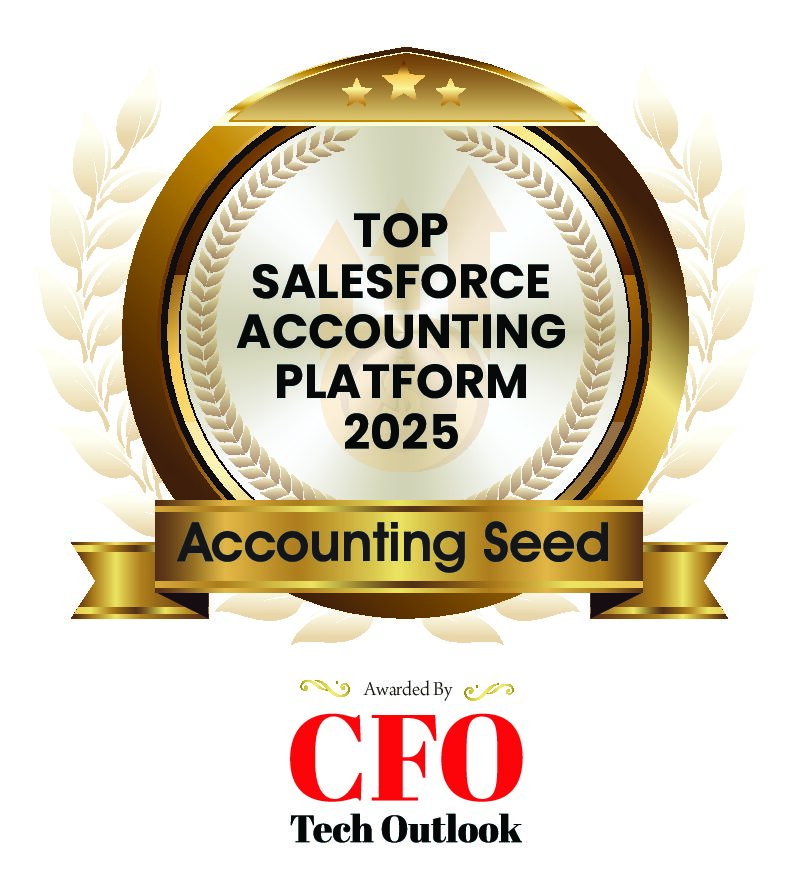
The end of the month can be a hectic, even frantic time, especially for accountants. No matter your industry, closing the books efficiently and correctly is an essential ingredient of financial management. But, it doesn’t have to be a struggle. With modern technology and clear communication, it can be done in record time! Let’s identify what’s slowing you down and delve into five ways to totally streamline the end of the month process.
What’s Dragging My End of the Month Close?
Finances are always changing and sometimes hard to predict which can certainly delay closing the monthly accounting period. However, technology and internal processes can be equally responsible for a difficult accounting period. With automation, accounting data and processes can be maintained with real-time accuracy and reduced oversight. Several ways to improve and expedite the month-end close involve IT features. However, this doesn’t totally remove human factors hurting your close.
Some issues that can be dragging you down can include:
- Reporting delays from internal departments like operations, human resources, and sales.
- Poor data management and flow – with inconsistencies in documenting vital data like vendor invoices, customer and supplier info, and bank credentials.
- Outdated processes and systems that don’t adjust to the rate of transactions and company growth.
- Resistance to change, utilizing processes and tools that are ineffective.
- Spreadsheets – managing multiple spreadsheets and cells of accounting data is difficult and time-consuming, often resulting in critical errors.
- Unstandardized reconciliation management.
- Poorly constructed, or little-to-none accounting automation.
- Poor communication between accountants and other stakeholders needed to clarify accounting transactions.
- Redundant processing and steps to complete the end of the month close. These can cause a build-up of stress, wasted time, and even errors which delay month-end closes.
There are other issues that could be impacting your month-end accounting too, so it’s important to be diligent when pinpointing what’s slowing you down. Odds are what’s slowing you down is a combination of human behavior and technical efficiency. Let’s look at how you can speed up the end of the month accounting.
Do This for a Faster End of the Month Close
Technology is a major factor in increasing the efficiency of your end of the month close. Incorporating more automation into your accounting lifecycle and reporting will be a major step. You’ll want to look at your current accounting system and assess its effectiveness. Still, you, your accounting team, and your department leaders need to be on the same page. Accounting technology is a tool, but a solution is based on how you can use it!
That being said, here are strategies and system features you can use to make the end of the month close not only faster but less stressful and more effective.
1. Automate your revenue recognition
One way you can really reduce the scramble of the end of the month is to automate revenue recognition management. Bank reconciliation features make auditing and reporting more efficient and accurate using things like batch importing/matching transactions. This is a critical feature that eliminates data entry slowing you down. Additionally, features like audit trail functions also let you track changes throughout the reconciliation process to maintain accurate information. This automation lets you clear bank transactions far more effortlessly, thus facilitating accurate reconciliations.
2. Re-establish expectations
To speed up the end of the month close, everyone needs to know why it’s important and what is expected from them. A fluid end of month doesn’t just help accountants, it helps the company. Therefore, data needs to be cataloged properly, according to preferred standards. Meet with key stakeholders and your team to solidify your expectations and clarify roles, deliverables, and dates. You can also use automated prompts and messaging to remind staff of steps needed for the close, and data requirements.
3. Use scheduled reporting
The variables and finances dictating your business are always changing. Automatically scheduled reports let your team always be up-to-date on the numbers to make strong decisions. Instead of entering, re-entering, and compiling spreadsheets, these automated reports refresh with data updates to provide real-time insights. The more due diligence and financial awareness you have in the accounting lifecycle, the easier it will be to close.
4. Develop a close schedule
Having a schedule with clear expectations, is a vital resource for creating order in what can be a chaotic process. You’ll want to pinpoint when the most optimal day of completion would be for the month, particularly for cataloging journal entries. You can do this is by creating workflows, defining stages and reviews to help complete the close incrementally. Some systems like Accounting Seed even let you automate your accounting workflows. This is also a good opportunity to factor in status meetings to get everyone on the same page and identify issues slowing the end of the month close. Again, communication and teamwork are vital.
5. Control the journal entries
Easily the most complicated aspect of the end of the month close is journal entries. These can range in time to complete and vary in complexity, but that doesn’t mean these need to slow you down. One thing you can do to expedite your close is pinpoint larger journal entries and work on managing them first. You can identify larger entries by following project statuses and identifying where the most complicated transactions occur. Target these journal entries and get an early start on the reconciliations. Automating journal entries will immensely reduce the time and stress of the monthly close!
Better Technology, Better End of the Month
If you still can’t streamline your end of the month, the problem may lay with your accounting system. Some accounting tech lacks intuitive automation functions that can literally be holding your monthly close down. This is a problem because all these delays cost you time and money. It also makes it extremely difficult for you to scale your organization for growth.
As you consider technology options, prioritize three core criteria to speed up your end of the month and strengthen your entire financial management:
- Flexibility: Resilient IT architecture that can be easily adjusted for custom operations. The more you can customize and control your accounting data and processes, the more you can enhance the end of the month.
- Robust API: Reliable Application Programming Interface (API) to communicate with other IT tools and initiate automation. This is critical for accounting data to be shared and securely reconciled in the accounting system.
- High-Level Automation: From automated billing and payables to reconciliations and workflows, you should have accounting automations tailored to your unique business. Why not automate everything you can?
If you are unable to automate your processes and control your accounting in a way that you can maximize your end of the month, look to upgrade.
By putting Accounting Seed into Salesforce, along with where all of our data and transactions live, we can work towards having more real-time analysis and accurate, forward-looking predictions. From cash-flow predictions to enrollments, and registrations. It also streamlined our month-end process for reconciling data and turned that into a continuous accounting model.
Marina Peterson
CMA, Director of Accounting and Administration
Be sure to read the full story here!
Speed Up Your Month-End Close with Accounting Seed
Accounting Seed is a modern, robust accounting platform powered by the Salesforce platform. We’re committed to breaking down silos and building connections in order to take your business to the next level. Part of how we do this by embracing flexibility and automation in every aspect of our design. Accounting Seed, gives you faster accounting processes and more accurate, actionable data to steer your organization to success. Whatever you can put to logic, we can automate!
See Accounting Seed in action
Get a close-up view of how accounting on Salesforce can eliminate the need for costly integrations—and silos of mismatched information—by sharing the same database as your CRM.



